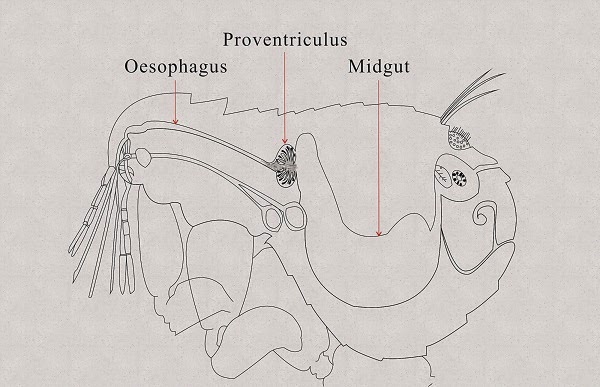Greetings everybody,
We bet your sitting there on this nice Friday evening, thinking why has Biobunch not covered the Bubonic plague, especially as there have been some recordered outbreaks in Madagascar and one case in China. Well have no fear, because we decided to tell you great people about one of the most historic diseases! Enjoy!
First of all lets have a look at the bacterium that causes the plague, we introduce to you Yersinia pestis:
The plague already comes with a pretty bad wrap. It is noticed as an ancient disease that had the most effect on the course of human history, as it was involved in three great pandemics and still remains to be an international health concern to this very day.
Yersinia pestis is a gram negative (has three cell layers) and rod shaped bacterium, and problems wight the plague have been heightened in modern day, due to the ever mounting mutlidrug resistant strains and the use of the plague as a bioweapon.
Why is the plague so lethal, when it is only caused by bacterium and not a virus?
This question popped in our heads instantly after we read that the plague was indeed caused by a bacterium. However the question as always lies in the bacterias genetic make up, in other words, Y. pestis owns its success to its DNA.
It was found that it is all down to a combination of plasmid (referring to small circular DNA) and genome (entire makeup of an organism) encoded virulence factors (the ability to successfully invade a host). However, the most important factor that adds to the virulence is a factor called T3S. This cocktail of factors allows the bacteria to evade out immune system! Cheeky!
How does it work?
The mechanism of how a disease affects the body is referred to as its pathogenesis, and the plague has a relatively simple (as simple as you can get with a disease) pathogenesis.
Firstly, it is not all down to rodents as to why we acquire the plague, it is a multitude of organisms that can give it to us. If you are to blame anybody its fleas! Granted the fleas acquire the pathogen from an infected rodent of some kind, and similar to malaria the bacteria replicates in the midgut of the animal. This eventually migrates into the fleas proventriculus and oesophagus, and from there towards its mouthparts.
In this case the flea is often referred to as a vector (carrier) of a disease.
They manage to avoid phagocytosis via some specialised neutrophils (polymorphonuclear) and resist a number of toxic effectors released by lysing (similar to exploding) neutrophils. These combined actions leads to a hemorrhagic, oedematous (a swelling due to excessive accumulation of watery fluids in cells and tissues), swollen and painful lymph node that then forms the defining characteristic of the bubonic plague.
Otherwise known as the bubo!
This accumulation of watery fluids, blood and swelling causes the lymph node to become overwhelmed, and then allows the bacteria to disseminate into the blood stream; this produces a sudden onset of a systemic infection and fatal septicaemia (Septicaemia is blood poisoning, primarily caused by bacteria and toxins).
In a low proportion of these infections, septicaemia can cause pneumonia. Once this has occurred Y.pestis is able to be transmitted from person to person via contaminated aerosols (sneezing).
The need for more research, and possible cures:
It has been shown that there is a lack of data on the pathogenesis of this disease, however there is a body of evidence that suggests the flea vector somehow enhances the bacterias ability to resist phagocytosis by our bodies macrophages. There has been little progress in the field of how the pathways that aid the resistance of the innate immune system work. Lastly, how Y. pestis uses its pathways in order to replicate is poorly understood.Interestingly, studies have indicated that the skin and lymph node are two very important areas in which the Y. pestis must root its arsenal in order to have a successful infection.
Now for some good news in a way. To this date there have actually been a number of vaccines for plague and have been used on humans, however due to its sporadic nature it has been pretty tricky to gain an overall objective view of their clinical efficacy.
Have no fear! there is a prospect on the horizon of a recombinant safe, subunit vaccine which for the first time is expected to put up a good defence against all forms of plague including the pneumonic plague.
Thats Biobunch,
over and out











No comments
It's all about breathtaking and blockbusting science here on BioBunch. If you have an idea on what should be featured on the blog, leave a comment below... or just leave one to say hi!
Looking forward to hearing from you and enjoy the blog